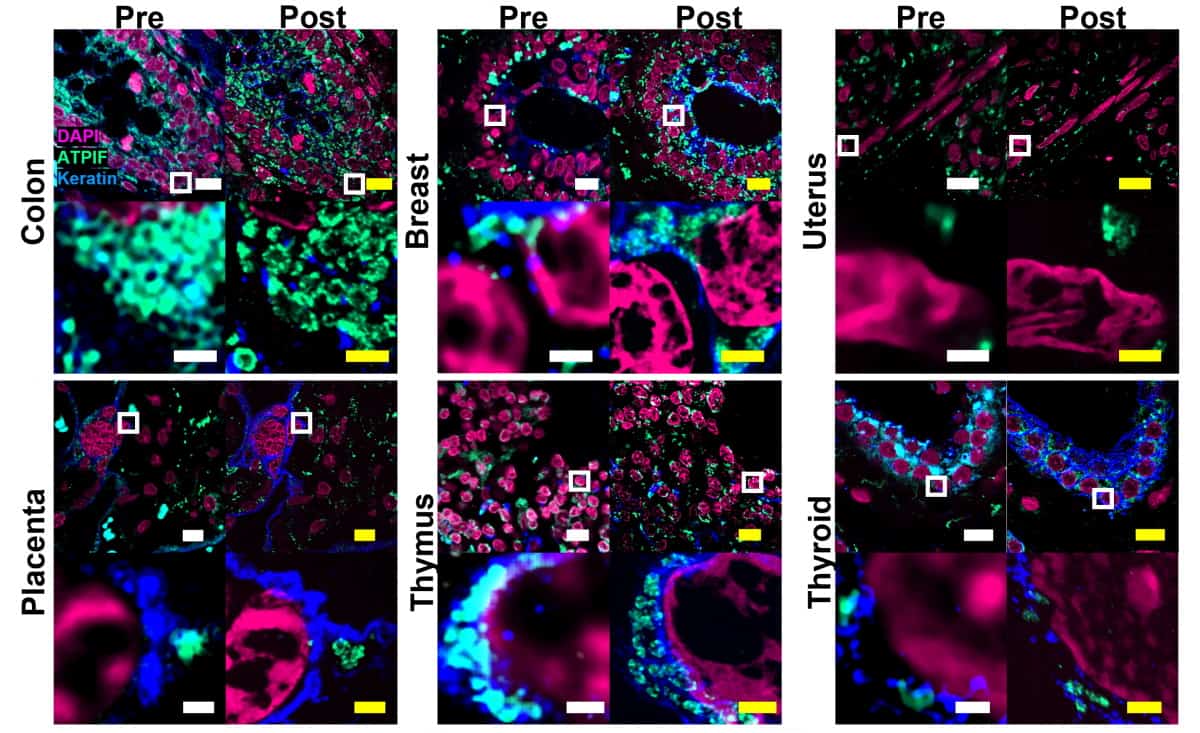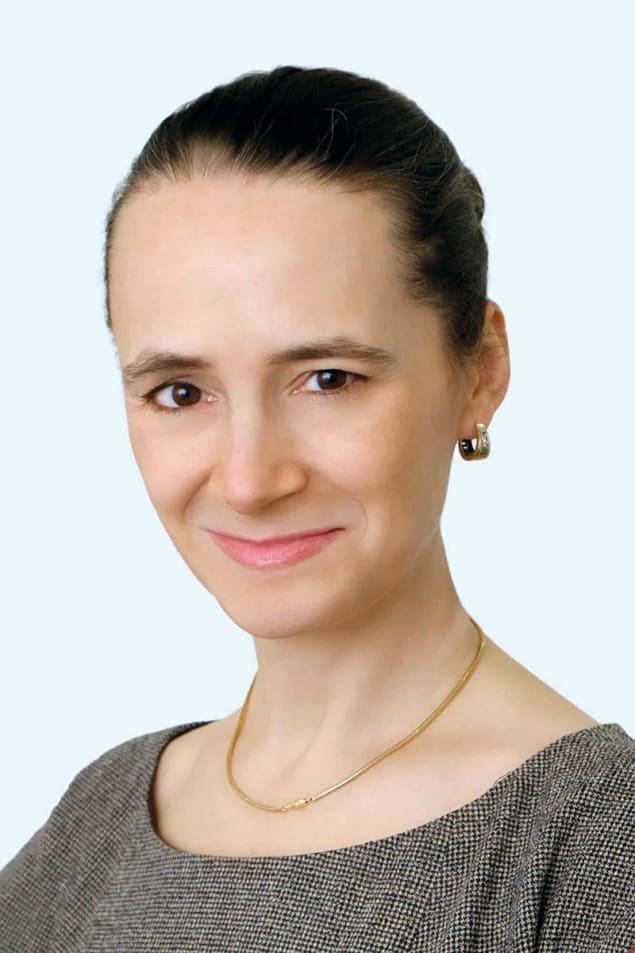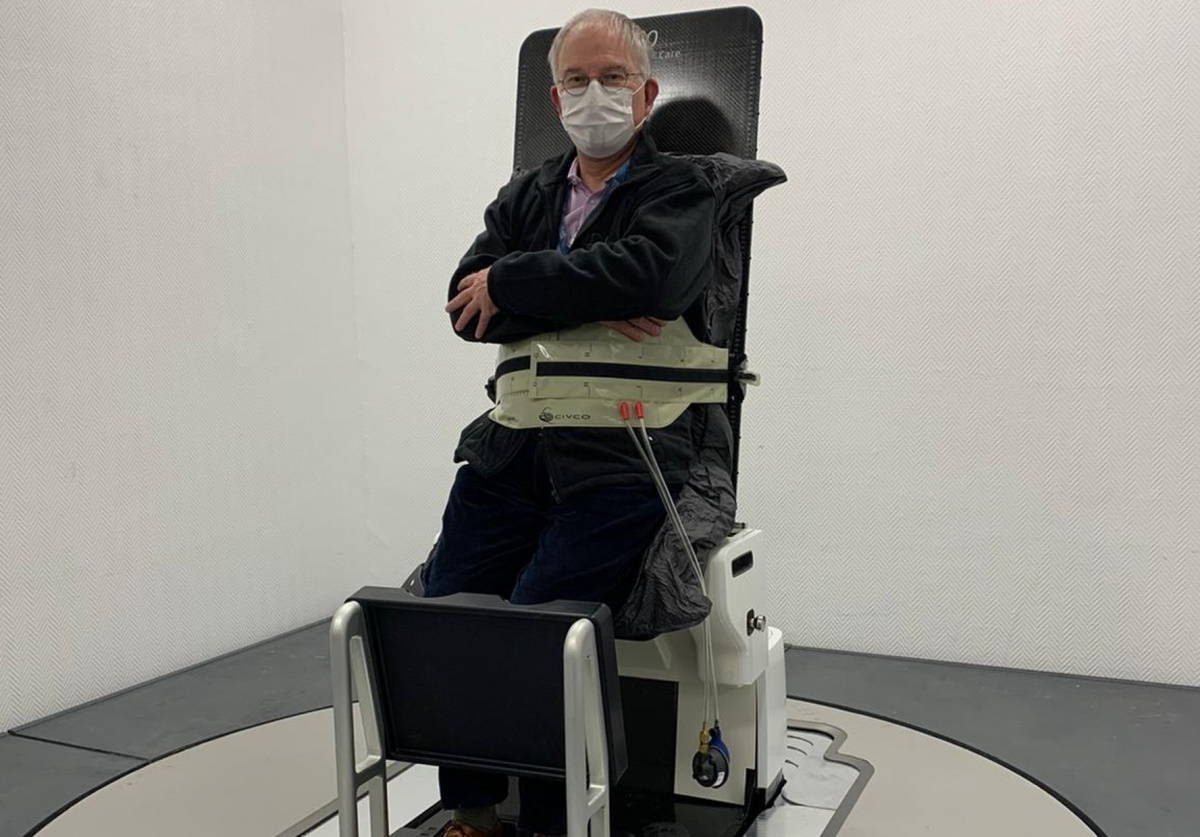For well over a decade, physicists at the Lawrence Livermore National Laboratory in California have been attempting to do something in the lab that had only ever previously occurred inside the warheads of hydrogen bombs. Their aim has been to use intense pulses of light from the world’s biggest laser – the $3.5bn National Ignition Facility (NIF) – to crush tiny capsules of hydrogen fuel such that the exceptional temperatures and pressures created therein yield energy-producing fusion reactions. Until the end of last year, a series of technical setbacks had prevented them from reaching their goal, known as ignition. But just after 1 a.m. on 5 December a larger-than-usual burst of neutrons in the detectors surrounding the laser’s focus signalled success – the reactions in this case having produced more than 1.5 times the energy they consumed.
The feat created headlines around the world and stimulated the imagination of the public, politicians and fusion experts alike. US energy secretary Jennifer Granholm hailed the “landmark achievement”, while Michael Campbell of the University of Rochester in the US described the result as a “Wright Brothers moment” for fusion research. For Steven Rose of Imperial College London, the announcement removes any lingering doubt that such high fusion energies are attainable. “If you don’t get an energy gain greater than one, people might claim you can never achieve it,” he says.
The result renewed optimism that fusion might finally enable a new source of clean, safe, secure and sustainable energy. Now, governments and especially private companies are looking to exploit the huge potential of fusion energy – with some firms even promising that they will deliver electricity to the grid from pilot power plants by early in the next decade.
Some scientists, however, reckon that such timescales are unrealistic, given the huge technical hurdles that remain on the road to fusion energy. Others contend that a 10–15-year time horizon is feasible, so long as researchers and their funders adopt the right mindset. For Troy Carter at the University of California, Los Angeles, this means ending reliance on large, expensive, centralized facilities such as the football-stadium sized NIF and turning instead to smaller, cheaper projects led by the more risk-tolerant private sector. “We have to change the way we do business,” he says.
Finally on target
Harnessing the energy given off when light nuclei fuse requires the nuclear fuel to be held in the form of a plasma at temperatures of around 100 million kelvin. One way of doing this is to confine the plasma in a magnetic field for fairly long periods of time while heating it with radio waves or particle beams. So far, such “magnetic confinement” has been physicists’ preferred route to fusion energy. This will be utilized in both the world’s priciest public and private reactors: the $20+bn ITER facility under construction in the south of France and a machine built by the company Commonwealth Fusion Systems outside Boston, US, which has so far raised at least $2bn in funding.
Rather than attempting to obtain a steady state, “inertial confinement” reactors operate somewhat like an internal combustion engine – generating energy through a repetitive cycle of explosions that fleetingly create enormous temperatures and pressures. NIF does this by amplifying and focusing 192 laser beams onto a tiny hollow metal cylinder at the centre of which is a peppercorn-sized capsule containing the hydrogen isotopes deuterium and tritium. X-rays generated from the walls of the cylinder blast off the outer surface of the capsule, forcing the rest of it inwards thanks to momentum conservation and causing the deuterium and tritium nuclei within it to fuse – in the process releasing alpha particles (helium nuclei), neutrons and lots of energy.
This process is extremely demanding, requiring exceptionally precise beam focusing and ultra-smooth capsules to ensure the near perfectly symmetrical implosions needed for fusion. Indeed, instabilities in the plasma created by the implosions and defects in the capsules, among other things, meant that the Livermore researchers fell well short of their initial target of ignition (or “breakeven”) by 2012. But through a series of painstaking measurements on successive laser shots they were able to gradually refine their experimental set-up and ultimately fire the historic shot – yielding 3.15 million joules (MJ) of fusion energy after delivering 2.05 MJ of laser energy to the target.
Omar Hurricane, chief scientist of Livermore’s inertial-confinement fusion programme, says that they now plan to “reprioritize” their work to push for higher, reproducible gains by boosting NIF’s laser energy in steps of about 0.2 MJ. They also intend to study the effect of varying the thickness of the nuclear fuel inside the capsules and reducing the size of the cylinder’s laser entrance holes. However, he points out that NIF was never designed to demonstrate practical fusion energy – given that the facility’s main purpose is providing experimental data to support the US’s (no longer tested) stockpile of nuclear weapons. As such, NIF is extremely inefficient – its 2 MJ flash-lamp pumped laser requiring around 400 MJ of electrical energy, which equates to a “wall-plug” efficiency of just 0.5%.
Riccardo Betti of the University of Rochester says that modern lasers pumped by diodes could reach efficiencies as high as 20% but points out that margins required for power plants (including energy lost during conversion of heat to electricity) means that even these devices will need target gains of “at least 50–100” (compared to NIF’s 1.5). They will also have to “fire” several times a second, while NIF only generates a shot about once a day. This high repetition rate would require mass-produced targets costing at most a few tens of cents, compared to the hundreds of thousands of dollars needed for those at NIF (which are made from gold and synthetic diamond).
Entering the market
One company that believes it can commercialize fusion energy despite all the hurdles is California-based firm Longview Fusion Energy Systems. Set up in 2021 by several former Livermore scientists, including ex-NIF director Edward Moses, Longview aims to combine NIF’s target design with diode-pumped solid-state lasers. The company announced its existence on the same day that Livermore reported NIF’s record-breaking shot, saying that it planned to start building a pilot power plant within the next five years.
Longview says that it intends to provide 50 MW of electricity to the grid by 2035 at the latest. The company acknowledges that this will not be easy, envisaging a laser efficiency and repetition rate of 18% and 10–20 Hz respectively. In particular, it says that while the necessary diodes already exist, they have “not yet been packaged into an integrated beamline for a fusion-scale laser”. But it remains confident that it can meet its deadline, noting that the laser is within a factor of two of the optics damage threshold needed for the pilot plant.
Not everyone is convinced. Stephen Bodner, previously head of the laser-fusion programme at the US Naval Research Laboratory in Washington DC, maintains that NIF’s “indirect-drive” technology wastes too much energy in generating X-rays (rather than illuminating fuel capsules directly). He is also sceptical of Longview’s claim that it can reduce the target cost to below $0.30 by spreading the considerable engineering and capital expenses over the 500 million targets it says it will need for its pilot plant. “There is no possible way for a fusion target like that used on NIF to ever be improved enough for commercial fusion energy,” he says.
Yet Longview is far from alone in believing that it has the technology at hand to bring fusion energy to the world. A report compiled last year by the Fusion Industry Association trade body lists 33 companies in the US and elsewhere as working on fusion technology – many of which also have aggressive timescales for developing power plants. One such company is First Light, based near Oxford, UK. Rather than using laser pulses to compress fuel capsules, First Light instead launches material projectiles – postage-stamp shaped pieces of metal – at extremely high speeds using the electromagnetic force provided by a huge bank of capacitors all discharging nearly instantaneously. The projectiles strike specially made targets, each of which directs and enhances the impact pressure on a fuel capsule embedded inside.
The company has so far raised some £80m in funding and demonstrated fusion using the largest pulsed-power facility in Europe. The next steps, according to co-founder and chief executive Nicholas Hawker, will be demonstrating ignition with a much bigger machine in around five years’ time and then a pilot plant in “the early- to mid-2030s”. Hawker admits that numerous challenges lie ahead – such as being able to load projectiles one after another and developing suitably robust high-voltage switches – but he is confident that the scheme’s physics is solid. “The fuel capsule is exactly the same as NIF’s so the recent result massively de-risks our system as well.”
Cash needed
When it comes to physics, Betti reckons that inertial confinement fusion is better placed than magnetic confinement. While NIF has now demonstrated that the former can generate self-sustaining reactions, he argues that instabilities generated close to the ignition threshold mean there are still big uncertainties about whether tokamaks can follow suit. Nevertheless, he says that both forms of fusion must overcome formidable hurdles if they are to yield economically-competitive energy – including the demonstration of high gains from mass-produced targets when it comes to laser fusion. “I find it hard to believe that an energy system can be ready in 10 years,” he says.
NIF scientists did a superb job over the past decade solving some very difficult physics problems. They should be recognized for their great work
Stephen Bodner
Carter is more optimistic. He maintains that pilot plants could be realized in about a decade’s time, so long as private companies lead the charge in their construction while governments support more basic underpinning research such as that on radiation-resistant materials. But he cautions that the necessary funding will be considerable – about $500m extra per year in the case of the US government. If the money is forthcoming, he adds, full-scale commercial plants might then turn on “sooner than 2050”.
As to which technology will end up inside the plants, Bodner insists it will not be based on indirect drive. Most likely, he maintains, it will be inertial confinement based on a different kind of laser system such as argon-fluoride gas lasers. But he acknowledges that scaling up any system brings uncertainties. And he praises NIF scientists for getting fusion research to this point. “They did a superb job over the past decade solving some very difficult physics problems,” he says. “They should be recognized for their great work.”



 Carbon capture is considered a critical means for climate-change mitigation. Unfortunately, conventional thermochemical methods suffer from high energy consumption, motivating the search for more efficient carbon dioxide separation strategies driven by non-thermal stimuli.
Carbon capture is considered a critical means for climate-change mitigation. Unfortunately, conventional thermochemical methods suffer from high energy consumption, motivating the search for more efficient carbon dioxide separation strategies driven by non-thermal stimuli.



